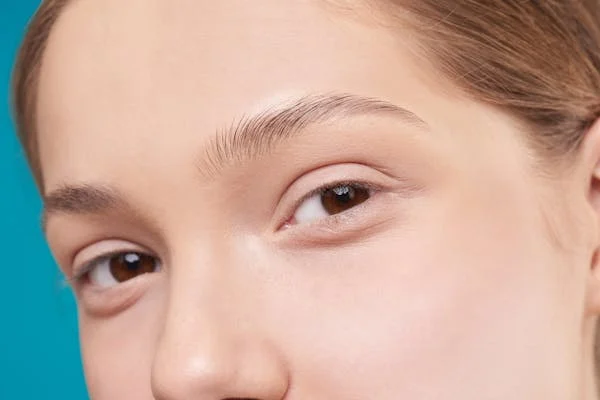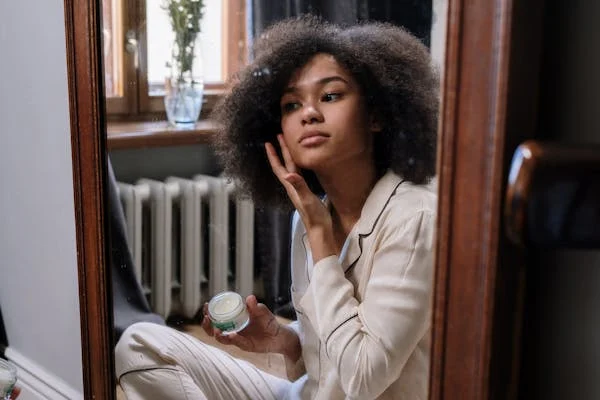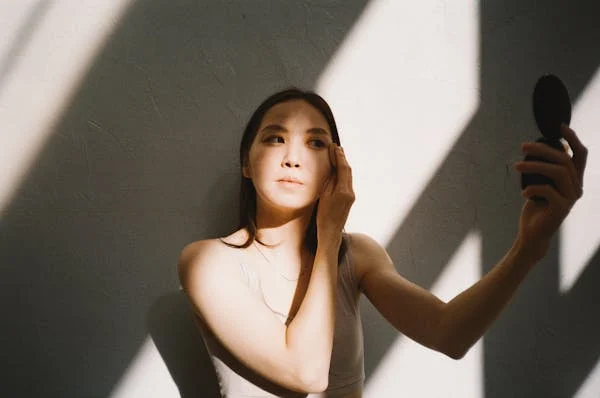In recent years, “clean beauty” has transformed from a niche term into a global movement. No longer reserved for eco-conscious consumers or boutique brands, clean beauty is now front and center in the skincare and cosmetics industry. But what does “clean” actually mean in this context—and why should it matter to you?
With growing awareness around health, environmental sustainability, and ingredient transparency, consumers are questioning what goes into their products. As a result, clean beauty isn’t just a trend; it’s a shift in how we define safety, ethics, and self-care.
In this article, we’ll break down the meaning of clean beauty, debunk common myths, and explore how choosing cleaner products can benefit both your skin and the planet.
What Is Clean Beauty, Really?
Clean beauty refers to skincare, makeup, and personal care products that are formulated without harmful or questionable ingredients. Unlike “natural” or “organic”—terms that are often unregulated—clean beauty focuses on non-toxic ingredients that are safe for humans and the environment.
Core Principles of Clean Beauty:
– Non-toxic formulations: Free from ingredients like parabens, phthalates, sulfates (SLS/SLES), and synthetic fragrances.
– Transparency: Full disclosure of ingredients, often with explanations of purpose and origin.
– Ethical sourcing and sustainability: Many clean beauty brands prioritize cruelty-free, vegan, and eco-conscious packaging.
– Science-backed safety: “Clean” doesn’t mean anti-science—many clean products use synthetic ingredients that are proven safe and effective.
🧠 Did You Know? The U.S. has banned or restricted only about 30 cosmetic ingredients. In contrast, the EU has banned over 1,600.
Why Clean Beauty Matters for Your Health
Your skin is your body’s largest organ—and while it’s designed to protect you, it also absorbs a portion of what you put on it. Over time, daily exposure to potentially harmful ingredients may contribute to health concerns such as:
– Endocrine disruption from ingredients like phthalates and parabens
– Skin irritation or allergic reactions due to synthetic dyes and fragrances
– Long-term effects from cumulative exposure, even in small doses
While not all synthetic ingredients are dangerous, clean beauty encourages caution and transparency, allowing you to make informed decisions about what you put on your body.
Clean Beauty vs. Greenwashing: How to Tell the Difference
One challenge with clean beauty is the lack of regulation. As the movement grows, some brands use the term “clean” for marketing without backing it up—a practice known as greenwashing.
Tips to Spot Authentic Clean Beauty Brands:
– Read ingredient lists and look for known irritants or toxins.
– Check for third-party certifications like EWG Verified, Leaping Bunny (cruelty-free), or MADE SAFE.
– Research the brand’s values—are they transparent about sourcing and formulation?
– Beware of vague claims like “chemical-free” (everything is a chemical!) or “natural” without explanation.
🔍 Pro Tip: Use tools like the Think Dirty or Yuka app to scan products and check their safety ratings instantly.
The Environmental Impact: Clean Beauty and Sustainability
Beyond personal health, clean beauty often intersects with eco-conscious living. From biodegradable packaging to ethically sourced botanicals, many clean brands are working to reduce the industry’s environmental footprint.
Sustainable Practices in Clean Beauty:
– Recyclable and refillable packaging
– Palm oil alternatives to prevent deforestation
– Carbon-neutral or low-waste manufacturing
– Minimal water usage in formulation
Choosing clean beauty isn’t just good for your skin—it’s a vote for a more sustainable planet.
Real-Life Examples: Clean Beauty in Action
Here are a few brands that embody clean beauty principles—and have gained cult followings:
1. Beauty Counter
One of the most vocal advocates for ingredient transparency and stricter regulation. Their “Never List” excludes over 1,800 questionable ingredients.
2. RMS Beauty
Founded by a makeup artist who experienced health issues from toxic cosmetics. Their products use raw, food-grade, organic ingredients.
3. Ilia Beauty
Combines clean ingredients with high-performance makeup. Their skin tint SPF is a fan favorite.
4. Herbivore Botanicals
Focuses on simple, plant-based formulas in recyclable glass packaging.
These brands show that clean beauty doesn’t mean sacrificing performance—it’s about elevating it with integrity.
Should You Switch to a Clean Routine?
Transitioning to clean beauty doesn’t have to be overwhelming or expensive. You don’t need to throw out your entire makeup bag overnight.
Steps to Start Your Clean Beauty Journey:
– Evaluate your current products. Start with items you use daily like moisturizer, sunscreen, or foundation.
– Replace gradually. As products run out, replace them with cleaner options.
– Prioritize leave-on products. These stay on your skin longer and have greater absorption.
Do your homework. Research ingredients and explore reviews from real users.
💬 Expert Insight:
“Consumers should feel empowered, not overwhelmed. Start small and focus on consistency,” says Tara Foley, founder of clean beauty retailer Follain.
Conclusion: Clean Beauty Is About Conscious Choices
Clean beauty is more than just pretty packaging and buzzwords. It’s about making informed, intentional choices for your health, your skin, and the environment. While definitions may vary and regulations are still catching up, the essence of clean beauty remains clear: safe, effective, and transparent products that align with your values.
The next time you pick up a skincare or makeup item, ask yourself—not just “Will this make me look good?” but also, “Is this good for me and the world around me?”
Clean beauty is self-care with purpose—and that’s something worth investing in. 🌿



